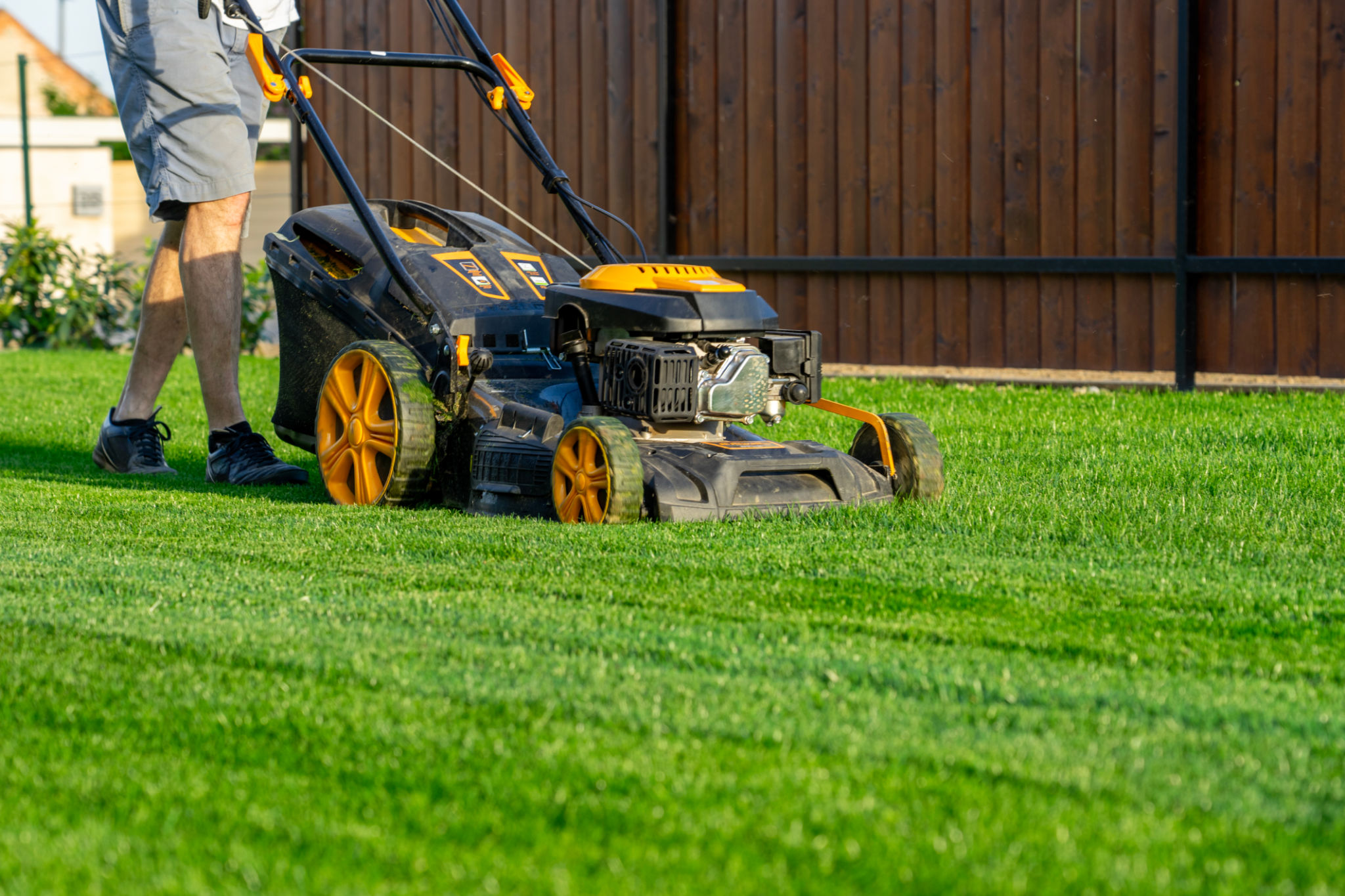Common Lawn Care Misconceptions: Insights from Jasper's Top Professionals
Ro
Understanding Lawn Care Misconceptions
When it comes to lawn care, there are numerous myths and misconceptions that often lead homeowners astray. These false beliefs can result in wasted time, effort, and resources, ultimately hindering the health and beauty of your lawn. In this post, we explore some of the most common lawn care misconceptions with insights from Jasper's top professionals.

Myth 1: Watering Every Day Keeps the Lawn Healthiest
One of the most pervasive misconceptions is that watering your lawn every day is beneficial. In reality, frequent shallow watering encourages shallow root growth, making your lawn more susceptible to drought and disease. Experts recommend deep watering once or twice a week to promote deep root growth and a more resilient lawn.
To test if your lawn needs watering, step on the grass. If it springs back, it doesn't need water. If it stays flat, it's time to water. This simple test can save you time and resources while ensuring optimal lawn health.
The Role of Fertilization
Myth 2: More Fertilizer Equals Greener Grass
Another common misconception is that applying more fertilizer will automatically result in greener grass. Over-fertilization can cause excessive growth, increase pest problems, and even damage your lawn. Experts suggest following the recommended application rates and schedules for your specific grass type and climate.

Using a slow-release fertilizer can also help maintain a steady supply of nutrients over time, promoting a healthier and more sustainable lawn. Remember, it's not about quantity; it's about providing the right nutrients at the right time.
Mowing Practices Debunked
Myth 3: Cutting Grass Short Reduces Mowing Frequency
Many homeowners believe that cutting their grass very short will reduce the need for frequent mowing. However, this practice can harm your lawn by stressing the grass and making it prone to weeds and pests. Professionals recommend mowing your lawn at the appropriate height for your grass type to maintain its health and appearance.
A general guideline is to never remove more than one-third of the grass blade length at a time. This helps maintain the grass's ability to photosynthesize and grow effectively.

Understanding Weed Control
Myth 4: All Weeds Should Be Removed Immediately
While it's true that weeds compete with grass for nutrients, not all weeds need immediate removal. Some weeds can be beneficial by improving soil structure and attracting beneficial insects. It's important to identify the type of weeds in your lawn and determine the best course of action.
For persistent weed problems, consider consulting with a professional who can recommend targeted treatments without harming your lawn's overall health. Proper maintenance practices, such as maintaining healthy grass height and proper watering, can naturally reduce weed growth over time.
By understanding and addressing these common lawn care misconceptions, you can achieve a healthier, more attractive lawn. Trusting in expert advice and adapting your practices accordingly will ensure that your lawn remains vibrant and resilient throughout the seasons.
